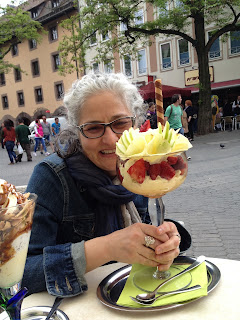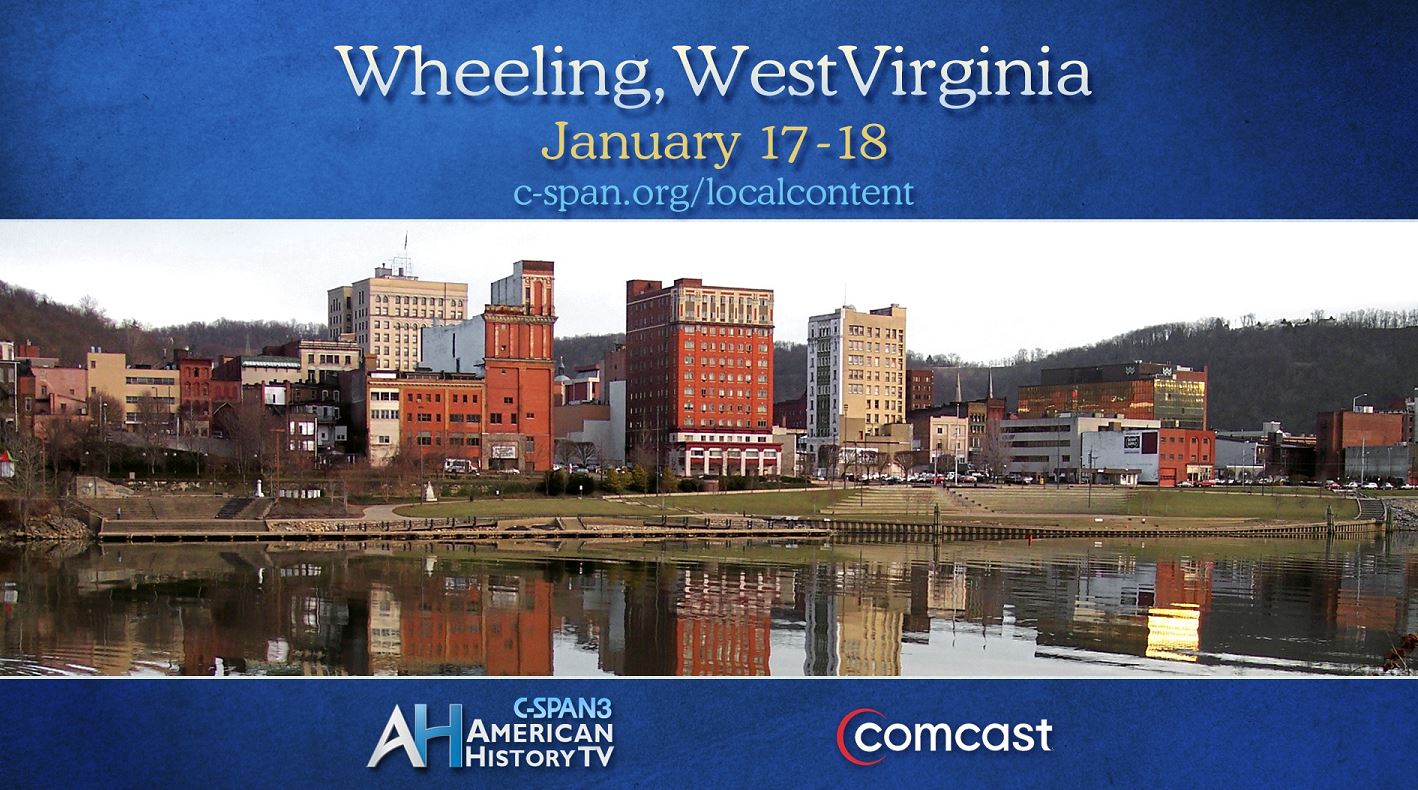 |
| Fighting off Pestilence |
After our early train from Salzburg back to Munich, we
checked in our luggage once again at the Wombat Hostel near the central
train station in Munich and set off on the adventures planned for the
last day in Munich. The group split into several groups. One visited the Munich City Museum, an eclectic exhibition that traced Munich's history from its earliest days up through the latter part of the twentieth century. Sections on art, beer, and the tumultuous twentieth century were found in the main building, with an interesting separate installation devoted to the Third Reich across the street (though the war years were once again given short shrift).
















